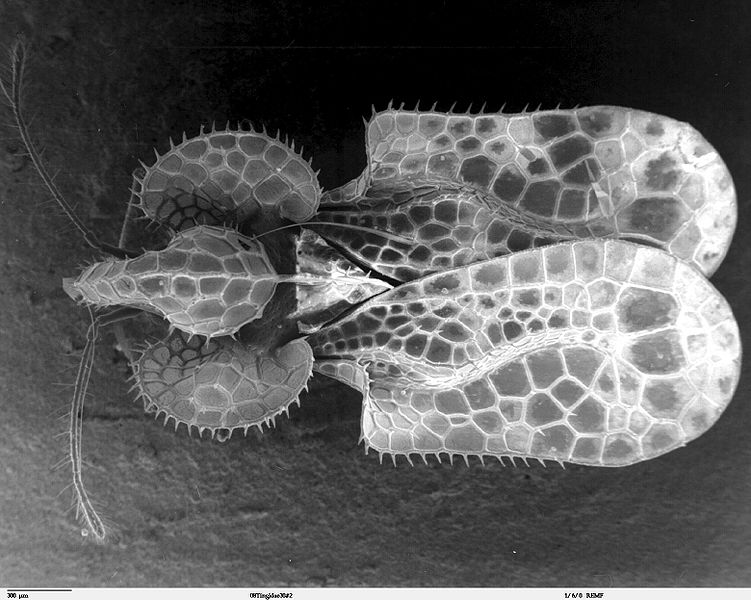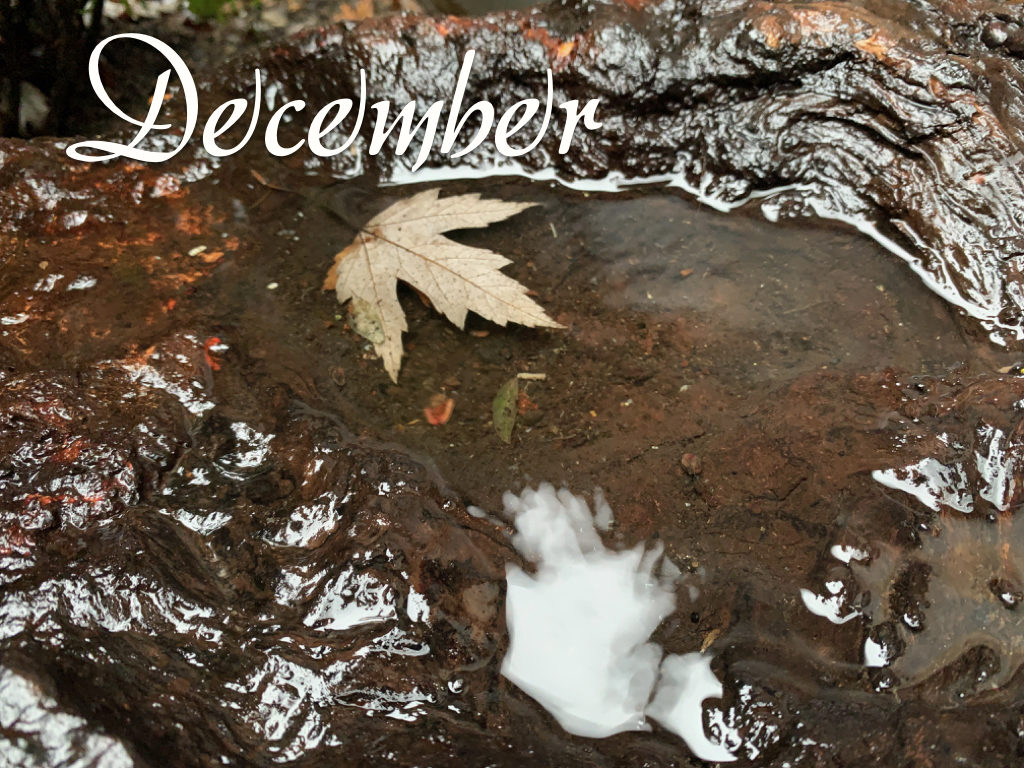
Are you wondering why some of your rhododendrons and azaleas are taking on a shabby whitish-yellow look as if some graffiti artist snuck into your yard and airbrushed them with paint while you were asleep? Or maybe you think they sport a pale coat because you neglected to fertilize them, or maybe…. Well, it’s none of the above. These ornamental shrubs look this way because there’s a new villain in town that’s literally sucking the life out of your plants, and it’s called the lace bug, and it’s not going away. Let’s introduce you to your new, not so friendly neighbor is and what you can do about it this pesky little insect.
What is azalea and rhododendron lace bug?
The lace bug is a tiny insect that uses its piercing-sucking mouthparts to suck the sugars of the green chlorophyll out of the leaves of broadleafed evergreen trees and plants. This action causes significant damage to the leaves by reducing their ability to produce food for the plant. If the lace bug infestations is severe, this can weaken a plant thus stressing it to the point where it becomes more susceptible to other pests and diseases. We will discuss what you can do to protect your plants from this bothersome pest.
At one-tenth to three-eighths of inch long, the adult lace bugs are whitish-tan in color with a thorax (body)and transparent wings sculptured with an intricate pattern of veins that resembles lace. There are approximately 140 varieties of lace bugs in North America. The one that feeds primarily on azaleas has smoky brown markings on its wings, which distinguishes it from the pale whitish-tan rhododendron (or rhody) lace bug. The juvenile lace bugs or nymphs, which emerge in the spring, are colorless to black in color, pointed on both ends and may have spines depending upon their age.
What is the life cycle of the lace bug?
Lace bugs are a hardy creature that can overwinter under bark scales in trees. They also lay eggs along the mid-ribs on the underside of leaves that resemble crusty brown patches. Depending on the temperatures, they can emerge anytime from mid-April to early June. The warmer the spring, the earlier they will hatch.

They primarily spend their lives feeding on the underside of leaves.
What plants do lace bugs attack?
To this date, here is a list of plants that lace bugs are finding delicious. This list seems to be growing.
Continue reading

